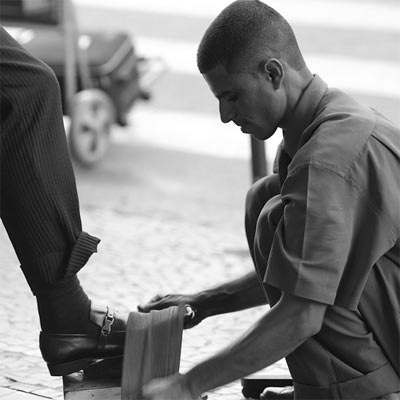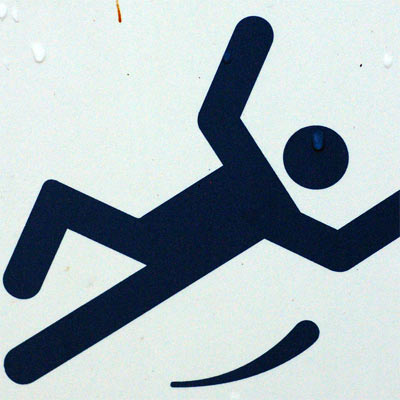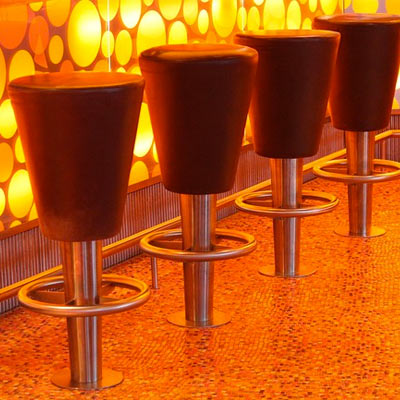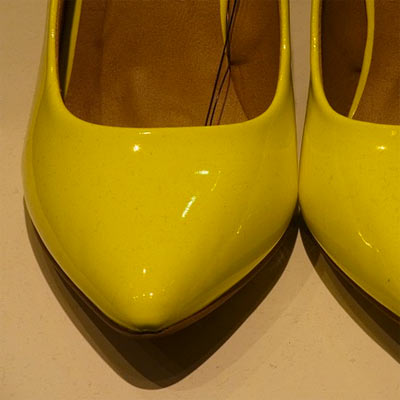 It is a puzzle trying to figure out which style of pants look best with which heels. From skinny jeans to a party to trousers for work, there are a few keys to wearing pants with heels and looking fabulous. In an effort to try to take the guess work out of your style game, here is a handy little cheat sheet.
It is a puzzle trying to figure out which style of pants look best with which heels. From skinny jeans to a party to trousers for work, there are a few keys to wearing pants with heels and looking fabulous. In an effort to try to take the guess work out of your style game, here is a handy little cheat sheet.
Skinny
We love the flattering look of a skinny jean or skinny pants with heels. Our most elegant look is a skinny pant paired with an untucked shirt and a mid-height heel, say 2 inches or less. This look works best if the pant ends clean at the ankle bone, without any bunching.
Trouser
The most important aspect of a trouser is that it is long enough. The leg of the trouser should be about 1” from the ground leaving the toe and heel visible. That said, the length should not be too long, bunching up or skimming the ground, which will simply ruin your pants.
We LOVE a long trouser with mega heels, a solid 3inch heel and even a platform will get you feeling extra fierce. A trouser pant with heels adds up to a formidable statement look that is very appropriate for job interviews and power lunches.
Capri
The mid-calf cut of a capri pant works well with a pointed toe mid-height heel. A fun look to play with for the summer season, this is professional enough to wear to work and afterwards this little number can do double duty at Happy Hour.
White denim
White denim and summer were just meant to be. The combination of a stark white denim with a spikey nude heel is simply irresistible. You can mix it up with distressed denim, capri, or flared and you will look flawless when sporting a nude heel.
Zipper
Pants with zippered hems are one of the best blast-from-the past 80’s holdbacks. The edgy detail is so fun and so perfect when worn with a tall heel; say a classic pointed toe pump with a 3 inch heel. Bonus, this look also works well with a jogger especially in a flowy silk.
No need to fret the pants with heels puzzle. The next time you go shopping for pants, remember this handy guide. You won’t need to lug around a bag full of shoes so you’ll find you have more energy for shopping. Style game strong!







